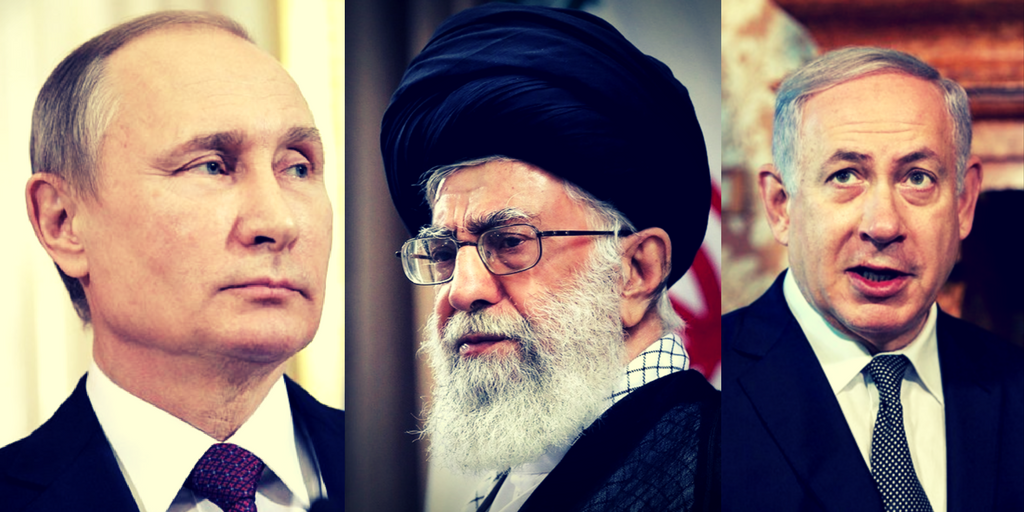The announcement that Prime Minister Netanyahu and Russia’s President Putin are set to meet this Wednesday the 23rd of August in the Russian resort city of Sochi doesn’t seem to stand out as significant. Afterall, the two men meet every few months to prevent any friction between their countries.
So what makes this meeting so different?
In the span of time between the their last face to face meeting, President Donald Trump acquiesced to allow Russian armed observers to man the borders of Israel and Jordan. This was under the guise of ensuring a ceasefire between the Syrian regime and rebel forces. Although there were some rocky first moments, the plan has brought a modicum of quiet to the areas in question.
The challenge for Israel has been what the Syrian Regime and Iran are using the “ceasefire” for. It has become clear that Iran and Syria are seeking near control of the Golan border area. This they have accomplished by way of their Russian allies.
What’s Next for Iran and Russia?
The prevailing assumption has been that Putin would give Iran enough of a leash to clear out the rebels in Syria, but not enough for either Iran or Syria to be dominant in the Levant without the go ahead from Russia. While it is important to understand that any overt alliance puts Israel’s security at risk, the now quarterly meetings between Bibi and Putin mitigated much of this. Of course, all of this depends on Putin holding Iran and Syria back from placing game changing forces on the Syrian side of the Golan.
Iran and Russia have a working understanding that Iran can do what is necessary to clear the rebels and ISIS out, but given Putin and Bibi’s deconfliction understandings anything else would be deemed an abrogation of the working agreement between Tehran and Moscow. The ceasefire agreement between Trump and Putin made during the G20 Summit is a good test of this. For the first time Russia would open a corridor for Iranian troops to move right up to the Golan, yet the actual movement of those troops negates the deconfliction strategy with Israel.
Up until now Russia has allowed the IAF to strike where it needs to against Iran. More than that, sources tell us that Putin even relays targeting information personally to Bibi. Iran and Syria maybe allowed utilize the ceasefire to move troops to the Golan, but if the past is any kind of predictor then they are on their own.
While most pundits believe these sorts of actions will eventually spell the end of the Iranian-Russian Alliance this is more of the same for Putin. He relishes in playing multiple sides of each other in order to effectively control the situation.
Reaffirming the Deconfliction Understandings and More…
Bibi’s trip to Moscow is more about reaffirming the deconlfiction understandings in light of the new reality of Russia’s troops now manning the Golan border. Russia has no interest in allowing Iran to attack Israel, which would fully destabilize the region. Putin wants recognition by Israel that Russia is the new player in the Levant and that it Israel will have to reevaluate how it relates to the fast changing Middle East.
Putin will keep allowing Israel to attack Iranian and Syrian targets. In Putin’s grand strategy this keeps the region in balance while he continues to take more and more control.
As America continues to minimize its overt involvement in the Middle East, the vacuum created is leading to a new order with its strings more or less being pulled by Moscow.
Israel’s goal is to hold onto to its security independence while treading carefully though a new Middle East.

